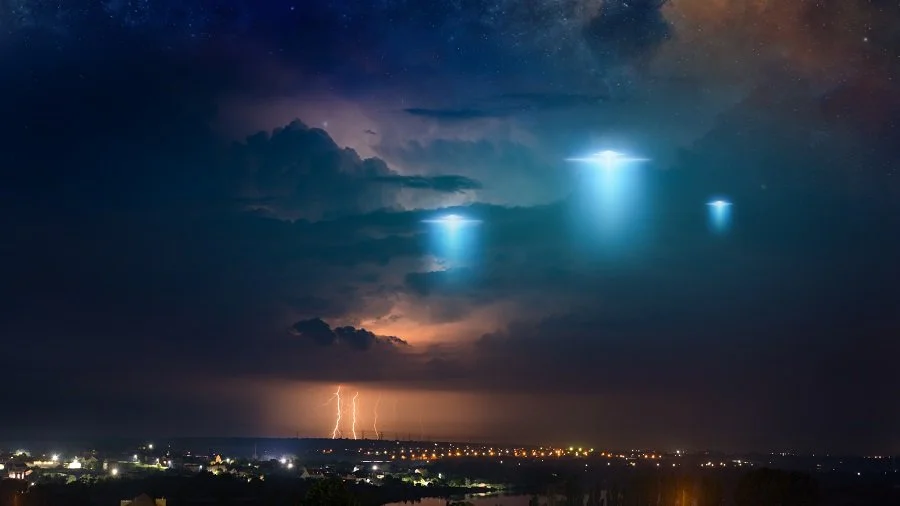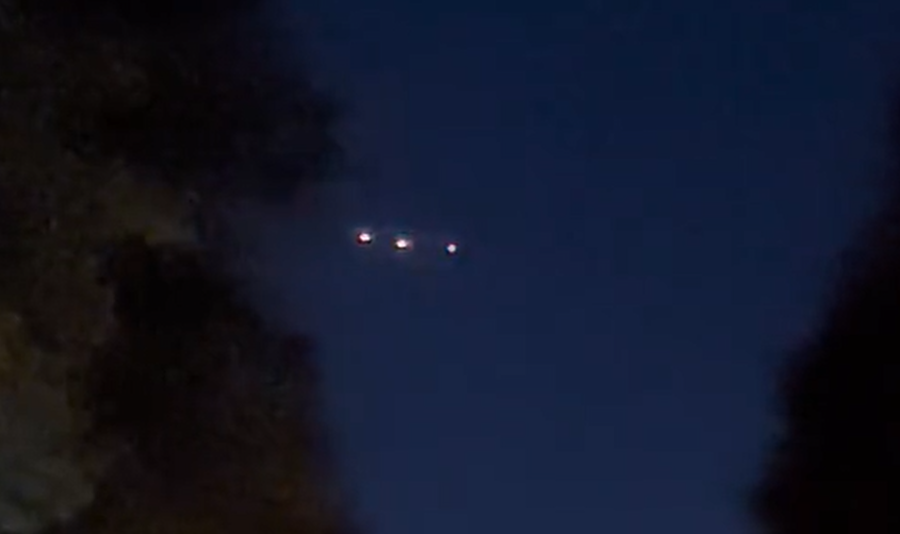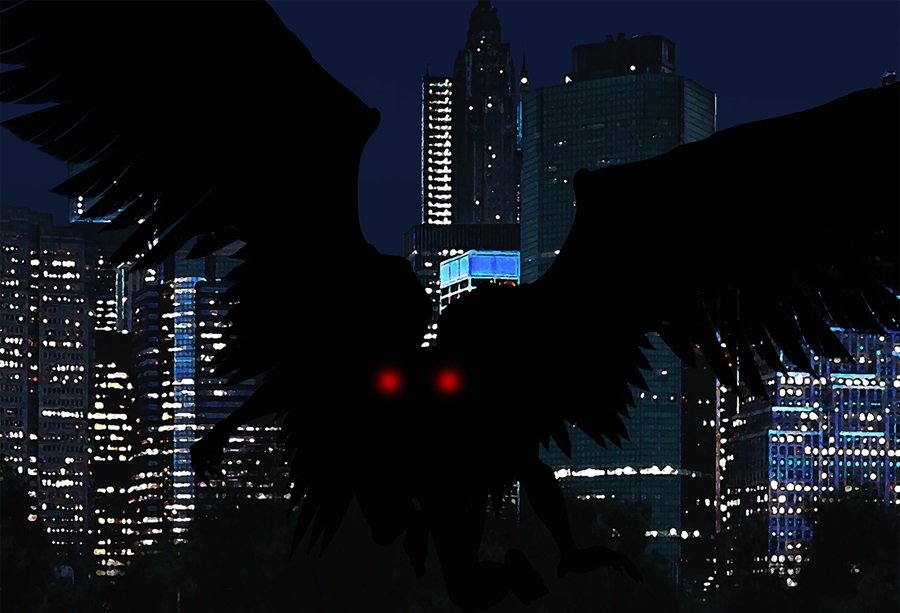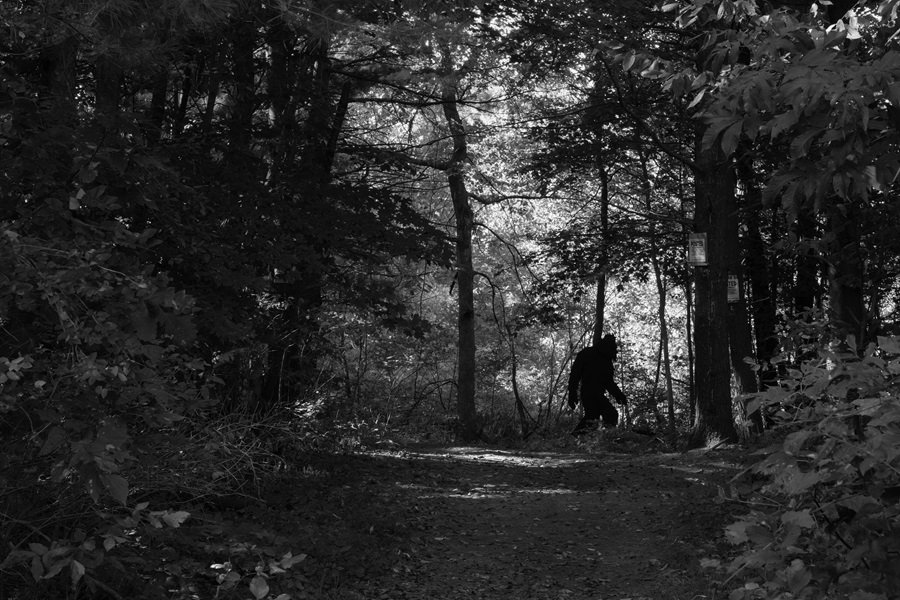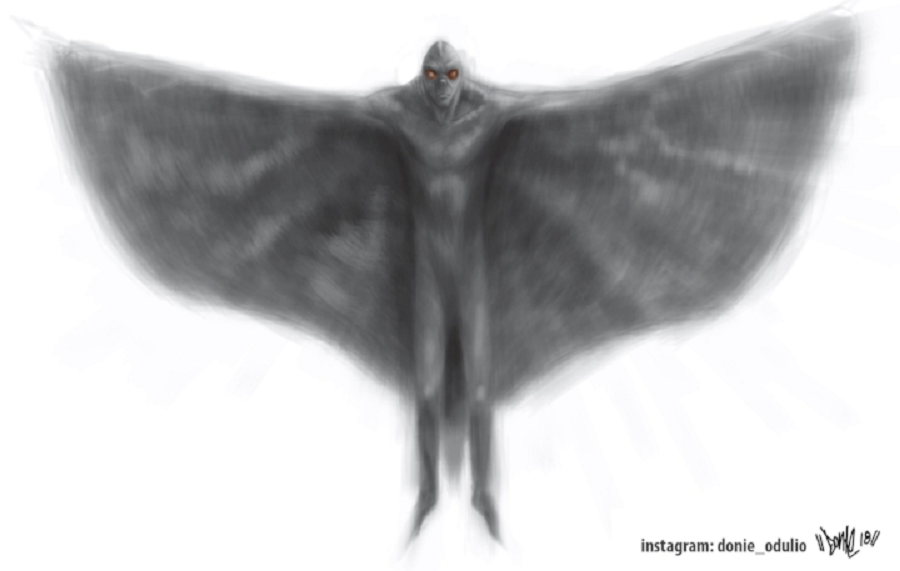NASA Reveals Plan to Study UFOs
In a teleconference held for the media on June 9th, the National Aeronautics and Space Administration (NASA) announced that they would commission a new study team to examine unidentified aerial phenomena (UAPs)—the current government nomenclature for UFOs.
The announcement came less than a month after the House Intelligence subcommittee held the first hearing on UFOs since the days of Project Blue Book—a government study on UFOs that ran from 1952 to 1969—followed by a classified session to discuss any related matters sensitive to national security.
Congressional interest in UFOs has increased dramatically since the existence of the Pentagon’s Advanced Aviation Threat Identification Program (AATIP)—which reportedly ran from 2007 until 2012—was publicly revealed in 2017.
Interest continued to swell and, in 2019, several senators—including Sen. Mark Warner (D-Va.), the then vice chairman of the Senate Intelligence Committee—received briefings on encounters between Navy pilots and UFOs.
Then, in 2020, the Senate Intelligence Committee, led at the time by Senator Marco Rubio (R-Fla.), included a directive in their Intelligence Authorization Act for Fiscal Year 2021 ordering the Director of National Intelligence (DNI)—in consultation with the Secretary of Defense—to create a report regarding “unidentified aerial phenomena.” That bill led to the creation of the Unidentified Aerial Phenomena Task Force (UAPTF), the group responsible for creating the much anticipated preliminary assessment report on UFOs released in June of 2021.
Following that report, the Pentagon promised to overhaul the task force responsible for investigating UFOs, naming it the Airborne Object Identification and Management Synchronization Group, but has so far failed to name a director.
Despite NASA’s announcement coming so soon after the congressional hearing, Thomas Zurbuchen, associate administrator of the agency’s Science Mission Directorate (SMD), emphasized that the study would be independent of any efforts by the Pentagon to investigate UFOs.
“There are potential national security and counterintelligence [impacts], but that’s not what we do for a living. And we’re not going to get into that at NASA,” he said.
According to a statement from NASA announcing the teleconference, “The purpose of the study is to examine UAPs—observations of events in the sky that cannot be identified as aircraft or known natural phenomena—from a scientific perspective. Unidentified phenomena in the atmosphere are of interest for both national security and air safety. Establishing which events are natural provides a key first step to identifying or mitigating such phenomena, which aligns with one of NASA’s goals to ensure the safety of aircraft. There is no evidence UAPs are extra-terrestrial in origin."
Speaking during the teleconference, Zurbuchen said the proposed study would be just the beginning for NASA and UFOs.
“The output from this particular study is not to sift through all the data and do all this research, it’s to make a proposal for a research program that we can then implement based on the influence of principles that are there,” Zurbuchen said.
Leading the study will be David Spergel, an astrophysicist and president of the Simons Foundation.
“I would say the only preconceived notion I have coming into this is that you should be open to the idea that we’re looking at several different phenomena. There’s a wide range of what may be accounting for these events," Spergel said. "This is a phenomenon we don’t understand. And we want to collect more data on the phenomenon.”
NASA anticipates the study to take around nine months, during which time the team will flag archival research from both NASA and National Science Foundation observatories, but will not examine individual anomalies.
According to Daniel Evans, the SMD's assistant deputy associate administrator for research, the agency will spend "no more than $100,000" on their initial research.
Evans believes that NASA is “uniquely positioned to address UAP, because who other than us can use the power of data and science to find out what is happening in our skies."
Spergel agreed, saying, "We have the tools and teams that can help us improve our understanding of the unknown. We are prepared to use these powerful tools of scientific discovery in this case … using the same kind of approach we always use.”
NASA is in a position to "take a field that is relatively data-poor and make it into a field that is much more data-rich and therefore worthy of scientific investigation and analysis,” Spergel added.
This newfound interest in UFOs by NASA represents a radical shift from their previous position of dismissing such phenomena, but the agency believes there may be legitimate scientific discoveries to be had.
“Frankly, I think there’s new science to be discovered,” Zurbuchen said. “There’ve been many times when something that looked almost magical turned out to be a new scientific effect.”
Furthermore, any concerns that NASA might be participating in pseudoscience were denied.
“It’s clear that in a traditional type of science environment, talking about some of these issues may be considered selling out or talking about things that are not actual science. I just really vehemently oppose that,” Zurbuchen said. “I really believe the quality of science is not only measured by the outcomes that come behind it, but also the questions we’re willing to tackle with science.”
Once Spergel has fully assembled his team, the new study is slated to begin in the fall of 2022.
To report your own encounter with the impossible, reach out to us directly at the Singular Fortean Society through our contact page.
If you enjoyed this article and would like to support the Singular Fortean Society, please consider becoming an official member by signing up through our Patreon page—membership includes a ton of extra content and behind-the-scenes access to the Society’s inner workings.













